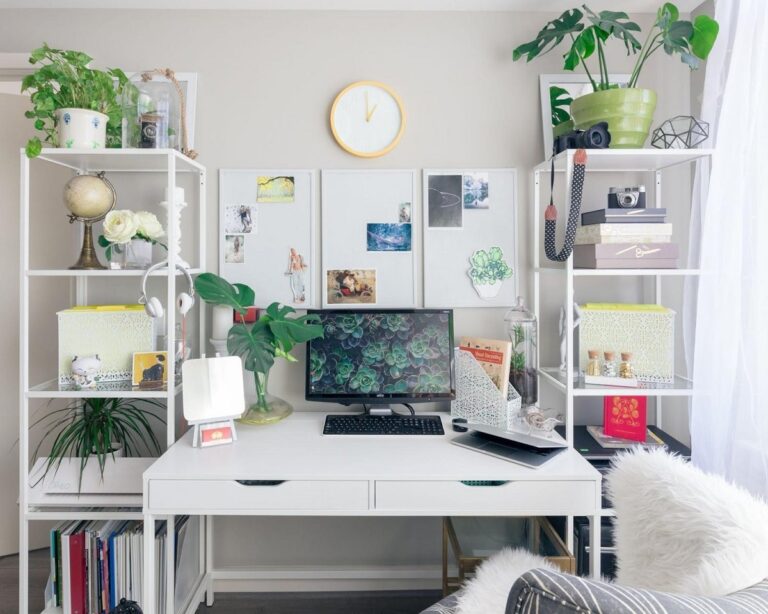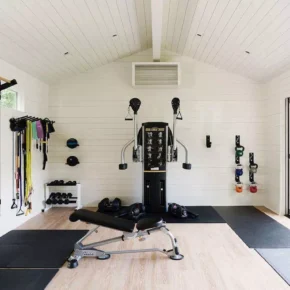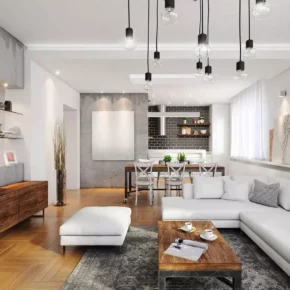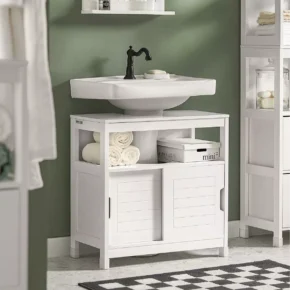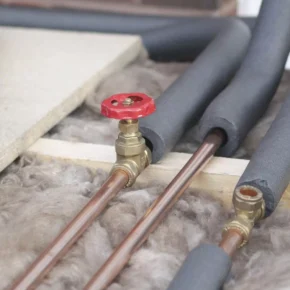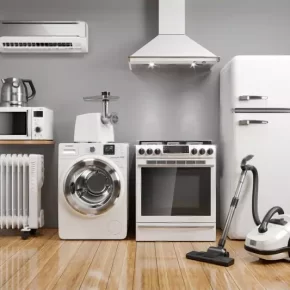With the increase in the number of people who work remotely, the issue of organizing a comfortable and efficient work space at home is becoming more and more relevant.
A home office should provide convenience, support concentration and promote productivity.
1. Choosing a place to work
The first step to creating a productive home office is choosing the right location.
Basic recommendations:
- Quiet place : Choose a space where extraneous sounds and distractions can be minimized. If possible, choose a separate room that will allow you to clearly distinguish work time and personal space.
- Lighting : The space should have enough natural light. A window that lets in daylight will help improve concentration and reduce eye strain. If natural light is not enough, use high-quality artificial lighting with a neutral shade.
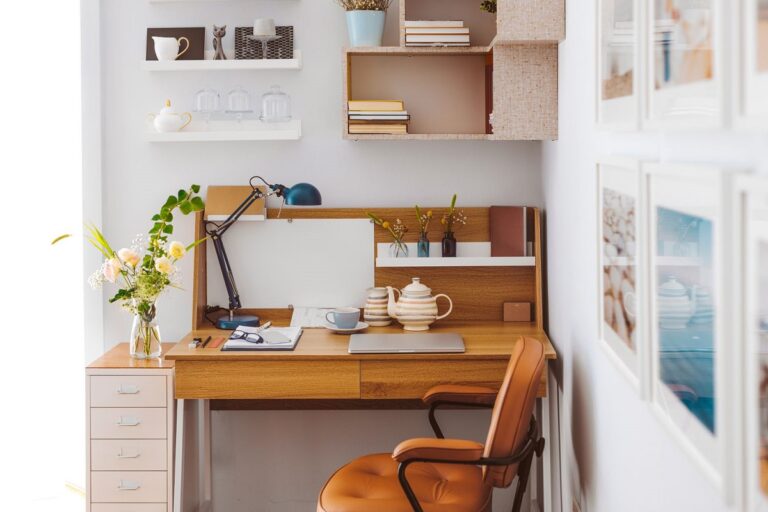
2. Ergonomic furniture
Comfortable furniture is important for productive work. A poorly organized workplace can cause physical discomfort and reduced efficiency.
Basic recommendations:
- Comfortable chair : Choose a chair with back support, adjustable height and armrests. This will help reduce the load on the spine and maintain the correct posture during work.
- Desk : The height of the desk should be comfortable for hands and eyes. Hands should be at the level of the table at a right angle, and the monitor should be at eye level to avoid straining the neck.
- Additional accessories : Use a laptop stand if you work on it for a long time, or buy a separate monitor.
Accessories that will help organize a comfortable place to work at home


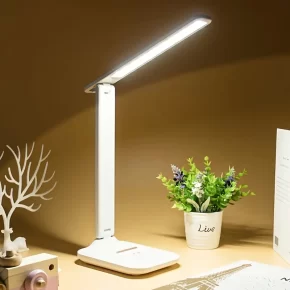
3. Organization of the workspace
Clutter in the workplace can be a source of stress and reduce productivity.
Basic recommendations:
- Keep things organized : Implement a system for storing documents and small items. Use cable organizers, paper trays, and drawers to store small items.
- Minimalism : Keep only the essentials on your desktop. The presence of extra items can distract attention and make it difficult to concentrate.
- Zones for different tasks : If you have the opportunity, divide the space into several zones. For example, a separate place for written work and another for working on the computer.
4. Support of concentration
Providing the right conditions for concentration is another important aspect of organizing a workspace.
Basic recommendations:
- Soundproofing : If there is a lot of noise in your house, you can use headphones with a noise reduction function or special soundproofing panels.
- Time Management : Use time management techniques such as the Pomodoro technique (25 minutes of work and 5 minutes of rest) to stay focused and avoid burnout.
- Greens : Indoor plants can not only improve mood, but also increase concentration. Research shows that plants can reduce stress and boost productivity.
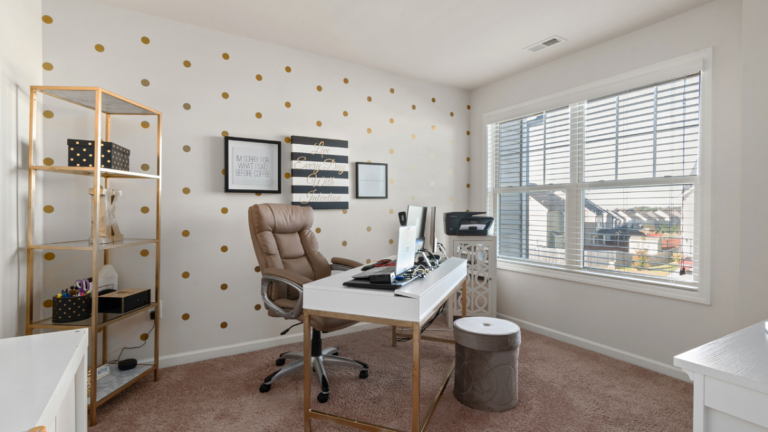
5. Decor and atmosphere
In addition to functional elements, it is also important to create an atmosphere that you will like.
Basic recommendations:
- Color accents : Use colors that promote productivity. For example, green stimulates concentration, while blue helps to relax and concentrate.
- Personal decor : Add items that inspire you and keep you in the mood. It can be family photos, motivational quotes or favorite trinkets.
6. Technological support
Productive work is impossible without proper technological equipment.
Basic recommendations:
- Fast Internet : Ensure a stable and fast Internet connection, especially if your work involves online communications or downloading large files.
- Equipment : Make sure you have the right technical equipment—computer, printer, scanner, etc.—to complete tasks without undue delay.
- Cable management : Use cable organizers to avoid clutter and prevent tangled wires.
A properly organized home workspace can significantly increase your productivity and improve the quality of work. It is important to choose a suitable place, invest in ergonomic furniture, keep the workplace in order and ensure a comfortable atmosphere. With small changes, you can create the perfect space for successful and productive work at home.

